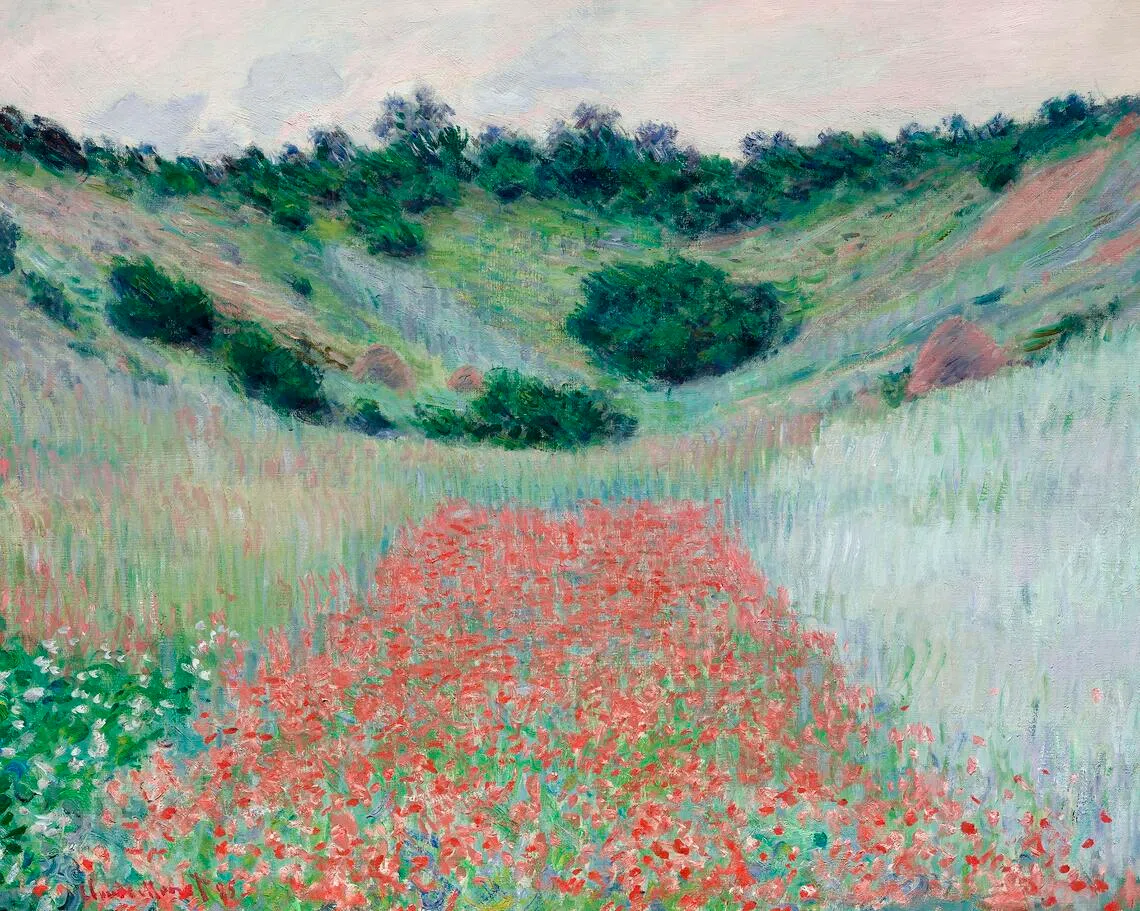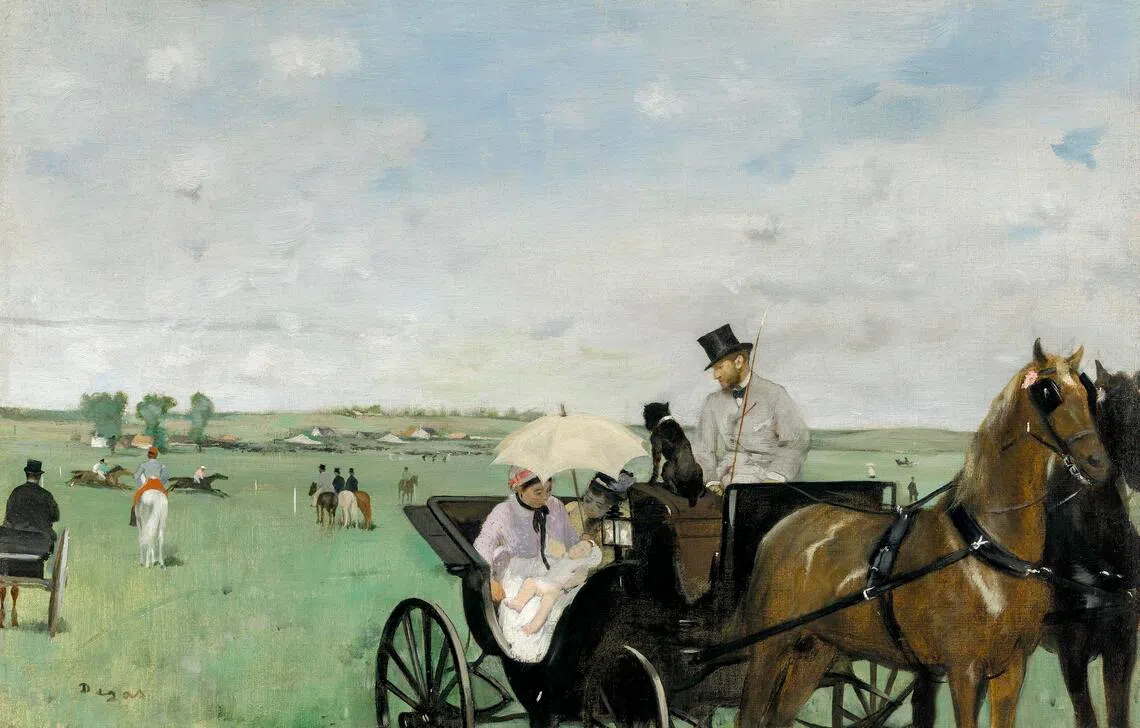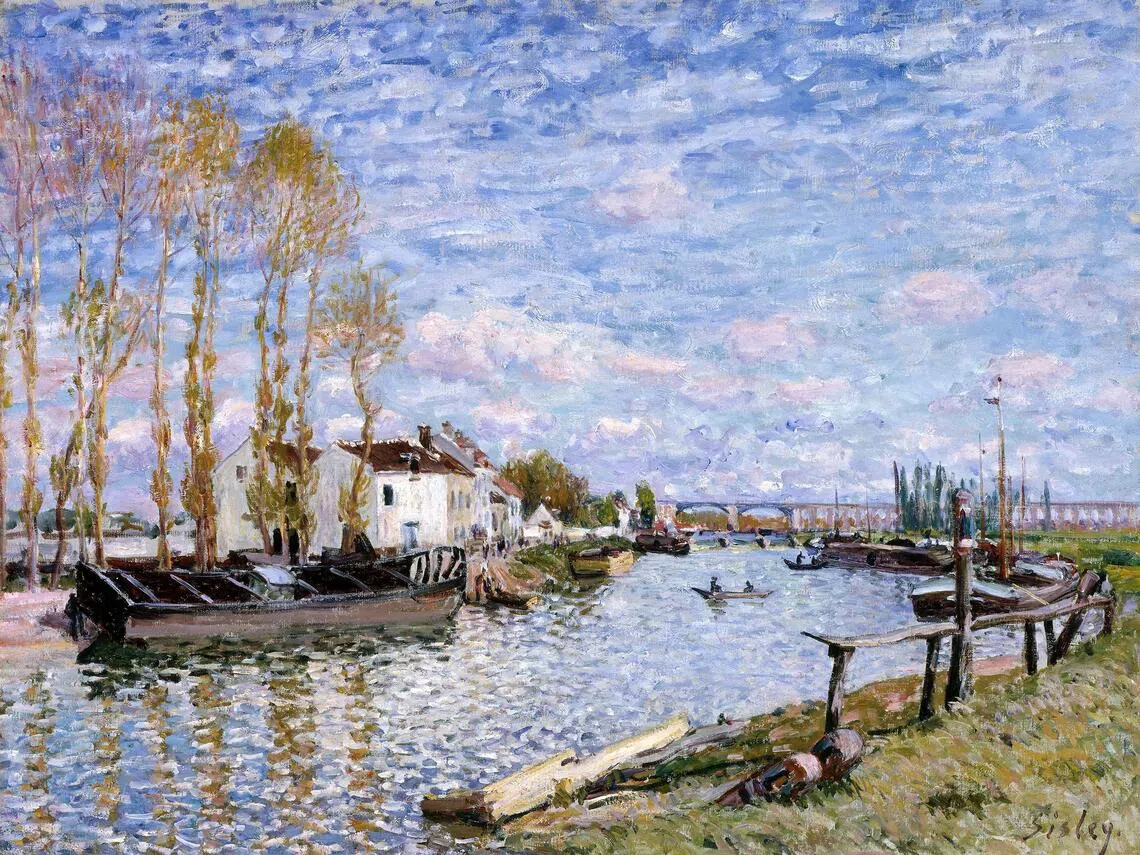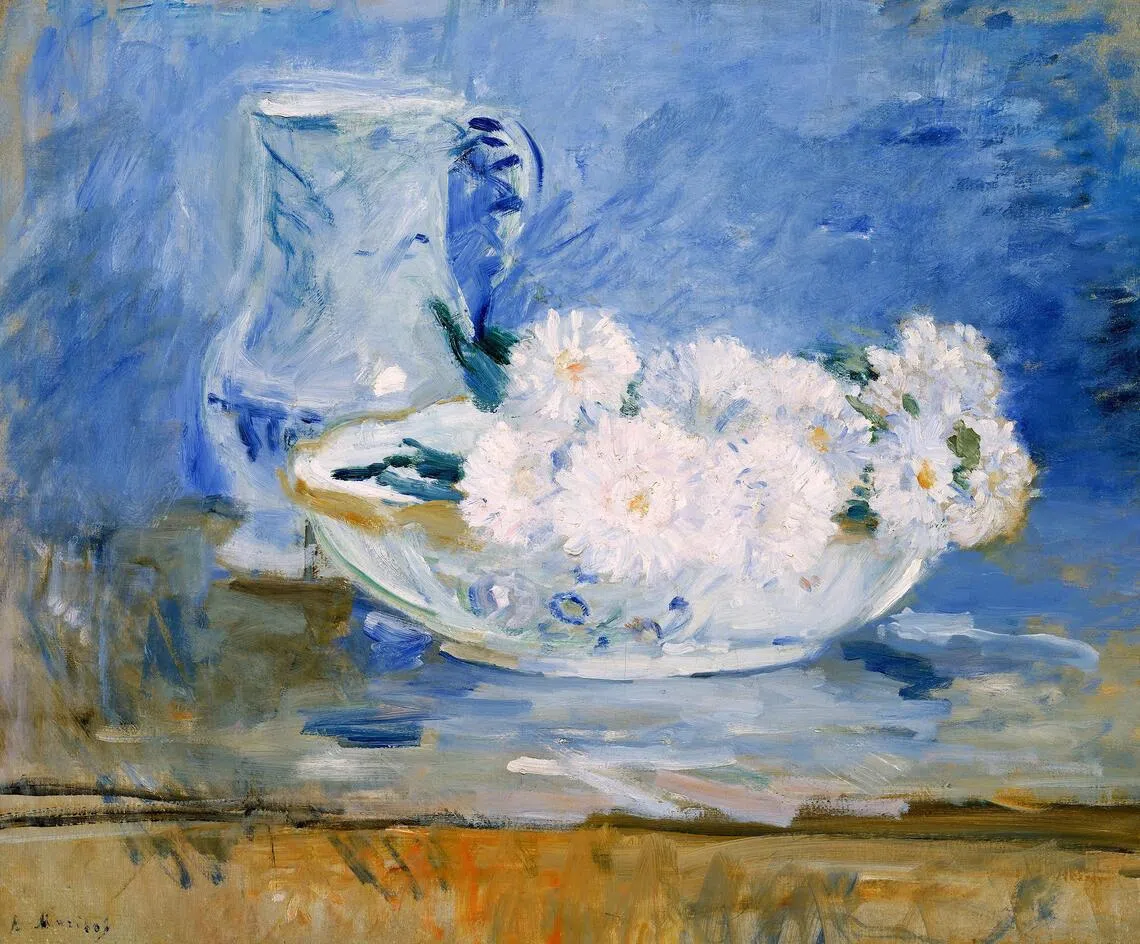National Gallery Singapore brings 100 Impressionist masterpieces from Boston for blockbuster show
Monet, Renoir, Manet, Degas, Morisot and others help celebrate the gallery’s 10th anniversary

[SINGAPORE] As if Singapore didn’t already get enough sun, more than a hundred Impressionist paintings have arrived at National Gallery Singapore to cast their own kind of light.
Into The Modern: Impressionism From The Museum of Fine Arts, Boston is the largest showcase of French Impressionism ever staged in South-east Asia – and it positively glows.
There’s Claude Monet’s Poppy Field in a Hollow Near Giverny (1885), capturing a summer afternoon frozen in time, the poppies blazing red against rolling green hills. There’s Pierre-Auguste Renoir’s Dance At Bougival (1883), where pink-cheeked lovers twirl beneath a haze of sunlight and laughter.

There’s also Renoir’s Woman with a Parasol and Small Child on a Sunlit Hillside (c 1874-76), which turns the soft light of an ordinary afternoon into something timeless.
Almost every painting here seems to shine from within – a reminder of why the Impressionists remain unmatched in their feel for light, colour and atmosphere. That these masterpieces have travelled all the way from Boston to enchant audiences here feels rather extraordinary.
In its 10-year history, National Gallery’s biggest crowd favourite remains the 2017 Yayoi Kusama retrospective, which drew 235,000 visitors and turned polka dots briefly into a citywide obsession.

But if there’s any movement can rival Kusama’s dotty charm, it’s Impressionism – that rare art form loved by almost everyone, from seasoned collectors to families out for the weekend.
And who could resist it? These painters – Monet, Manet, Renoir, Degas, Pissarro, Morisot, Sisley, Meurent and others – turned fleeting moments of life into something eternal. They captured the shimmer of air, the reflection of sunlight on water, the dazzle of a dancer’s skirt, in ways that still feel alive today.
Beyond their surface beauty, these paintings chronicle the rapid changes of late 19th century Paris on the brink of industrialisation. More importantly, they re-imagined what painting itself could be – not a mirror of reality, but a record of the artist’s sensation, perception and emotion in that fleeting moment.

Taken together, they make the world feel worth living in again – a welcome reprieve from its current divisions, fatigue and anxieties.
There are so many gems here, it’s hard to pick favourites. Edgar Degas’ At The Races in the Countryside (1869) captures modern leisure through his singular eye for movement and composition.
Theodore Rousseau’s Edge of the Woods (Plain of Barbizon Near Fontainebleau) (around 1850-60) renders monumental trees that seem to breathe, while Alfred Sisley’s The Loing at Saint-Mammes (1882) offers a river scene of exquisite calm that hints at abstraction long before its time.

The inclusion of women artists is especially significant because, for so long, they were written out of the story of Impressionism.
In this show, we see Berthe Morisot’s delicate White Flowers in a Bowl (1885). Her loose, luminous brushwork was once criticised as “unfinished” but is now recognised as what makes Impressionism so modern – spontaneous, free, alive.

Elsewhere, Victorine Meurent’s Self-Portrait (c 1876) hangs beside an etching of Manet’s notorious painting Olympia, where Meurent was the nude subject. Here, however, she paints herself – calm, intelligent, unflinching. It’s perhaps the most powerful moment in the show – a woman, once a subject, now reclaiming her voice as an artist.
The exhibition is curated by Katie Hanson and Julia Welch from the Museum of Fine Arts, Boston, together with Phoebe Scott, Alexis Chen and Celine Ho from National Gallery Singapore.

Their curatorial vision connects these French masters to South-east Asian artists’ own fascination with light – from Georgette Chen’s shimmering canvases to Lim Yew Kuan’s textured prints.
Into The Modern ends with a room devoted to Monet, the sun’s most loyal disciple. Nine of his works curve gently around the viewer, culminating in The Water Lily Pond (1900). This is an early work in Monet’s water lily cycle – that body of paintings that would come to define his late career.

It’s a fitting finale for a movement that made the everyday eternal – and perhaps even a tribute to the Gallery, which for 10 years has helped Singapore better recognise the beauty that has always been in front of them.
Into The Modern: Impressionism From The Museum of Fine Arts, Boston runs at National Gallery Singapore from Nov 14 to Mar 1, 2026. Free admission for its first three days.
Decoding Asia newsletter: your guide to navigating Asia in a new global order. Sign up here to get Decoding Asia newsletter. Delivered to your inbox. Free.
Copyright SPH Media. All rights reserved.



